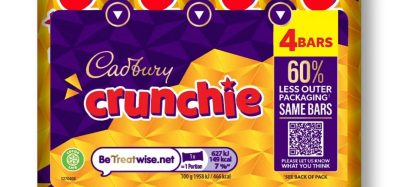Does beer taste better in a can or a bottle?
Posted: 21 March 2023 | New Food | No comments yet
Researchers have delved into the age-old debate of whether beer tastes better out of a can or a bottle, and the answer is not so straightforward.


Cans or bottles, what do you opt for?
Does beer taste better out of a can or a bottle? There are plenty of members in each camp, but there has never been a definitive answer to that question. Is that about to change?
Researchers report in ACS Food Science & Technology that the answer is, well, complicated, and depends on the type of beer. An amber ale stayed fresher in bottles, whereas container choice made much less difference to the stability of an India Pale Ale (IPA).
In addition to water and ethanol, beer contains thousands of flavour compounds, which are metabolites produced by yeast, hops and other ingredients. During storage, chemical reactions break down some of those components while forming others. This reduces the content of some flavours while generating unappetizing ones, contributing to the aging, or staling, of beer.
To help brewers prolong shelf life, researchers have studied beer aging, but they’ve concentrated on light lagers and a limited group of chemicals. Jessica Prenni and colleagues wanted to extend that work to amber ale and IPA, as well as additional compounds. The team also wanted to conduct the first stability comparison of beer packaged in glass bottles versus aluminum cans.
A glass never full: Carlsberg’s relentless drive for innovation
Cans and brown bottles of amber ale and IPA were chilled for a month and then kept at room temperature for five months to mimic typical storage conditions. Every two weeks, the researchers analysed the metabolites in newly opened containers. Throughout this time, the research team found the concentration of certain metabolites in amber ale — including some amino acids and esters — differed significantly depending on whether it was packaged in a bottle or can.
IPA, however, was much less sensitive to packaging type, possibly because of its higher concentration of polyphenols from hops. These compounds not only prevent oxidation but also bind to amino acids, thus retaining them in the beer rather than allowing them to get stuck to the inside of a container.
The researchers also found that the metabolic profile of both amber ale and IPA changed over time, whether packaged in a can or bottle. However, amber ale in cans showed the greatest variation during aging. Once scientists find out how all of these changes affect flavor, brewers will be able to make more-informed decisions about the best type of packaging for their particular type of beer.
Related topics
Flavours & colours, Packaging & Labelling, Research & development









